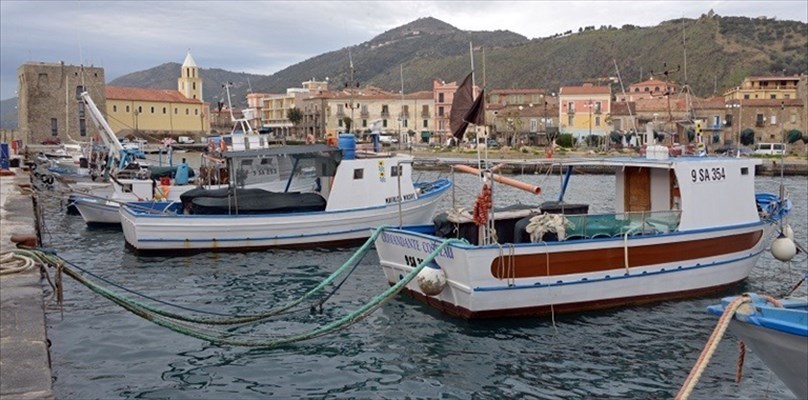As everyone knows, Pollica is a town nestled in the Cilento, Vallo di Diano and Alburni National Park, but many do not know the history and etymology of this splendid geographical area, entirely included in the Province of Salerno. It is an area bordered to the north by the Albruni Mountains and the Sele river, to the east by Vallo di Diano and to the south by the border with Basilicata. The name Cilento comes from “cis Alentum”, on this side of the Alento, the river that marked the border with the region. Previously, in fact, Cilento included the area at the foot of Monte della Stella and the one bounded to the east by the Alento river. In 1991, with the creation of the Cilento, Vallo di Diano and Alburni National Park, the Cilento territory was extended.
The orographic profile is marked everywhere, often harsh. The flat areas are few and poor in extension, mostly in correspondence with the main rivers, but the beauty of nature has made Cilento, with Pollica as leader, an attraction for visitors, not only in summer.
Pollica, right from the start – with the visionary mind of the late mayor Angelo Vassallo, was able to stand up like a diamond, rough and of absolute value, set in the Cilento coast. Nature with its beauty has run its course, but it has made use of virtuous actions and the answer to all this is the increases over the years of tourists and the countless positive testimonies have ensured that the trend was always positive.
In this magical landscape, for years now, Fornace Falcone has wanted to be present and be an active part of this territory. The numerous and true friendships are there to testify to a sincere and professional relationship that has evolved to the idea of the creation in 2015 of the first Contemporary Art Port in Europe (PAC), an opportunity for cultural growth and beyond. Born from an idea of the artistic director Valerio Falcone, in the early years the PAC presented the tin sculptures of Riccardo Dalisi (the only Italian to have received the “Compasso d’oro” award twice, it is an important recognition by the Association for Industrial Design with the aim of rewarding and enhancing the quality of Italian design. This is the oldest and most prestigious industrial design award in the world) and the works of Angelomichele Risi and Lello Lopez, Sergio Fermariello and Vincenzo Rusciano, the installations by Eugenio Giliberti and Bianco-Valente, just to name a few.
Today the PAC is a widespread museum between the port of Acciaroli, the Palazzo Vinciprova di Pioppi and the Palazzo Principi Capano di Pollica, which hosts site-specific interventions by contemporary artists, placing at the center the relationship between the historical identity of the Acciaroli area. Pollica, and more generally of the Mediterranean basin, with contemporary cultures, thought systems and expressive languages. In addition, the PAC has created workshops for the local population on the occasion of its projects, becoming an educational and training platform, which aims to involve, interact and participate in the public.
An art project that certainly involves culture and the territory has a total value and potential that is perhaps still unexplored, but is certainly attractive to an increasingly active and informed public.
The collaboration with the Municipality of Pollica is an engine that still fuels a project in safe evolution, which will increasingly involve a magical place such as Acciaroli and Fornace Falcone, in the person of the artistic director Valerio Falcone, to aim for the realization of increasingly captivating and attractive performances, enhancing the beauty of the territory as much as possible in an increasingly connected synergy that offers new cultural opportunities, fueled by that tireless engine that is contemporary art.

